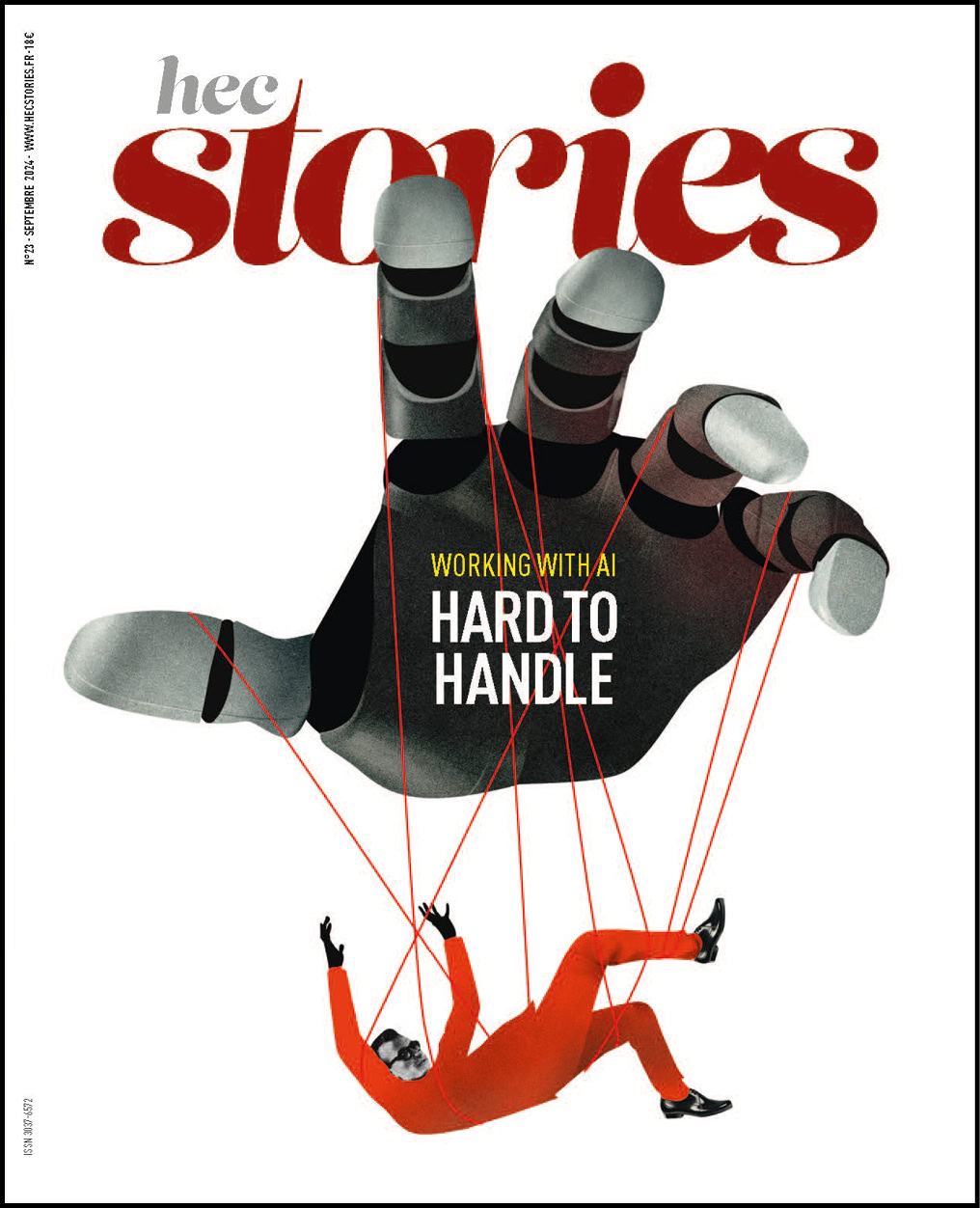24 hours with Thomas Jonas (H.93)
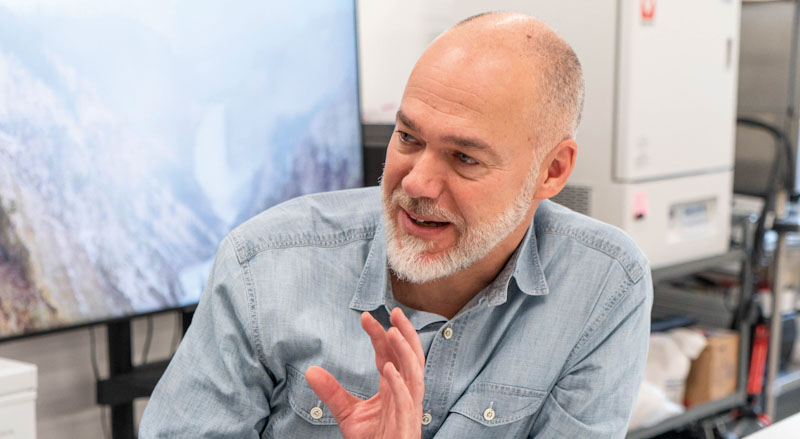
After a first life in the packaging sector, Thomas Jonas (H.93) traded his industrial hat to develop, in Chicago, micro-organisms capable of producing the proteins of tomorrow.
How can we feed 10 billion people without exhausting the limited resources of our planet? A few weeks before COP27, Thomas Jonas, with his prophet’s beard and clear blue eyes, is not the type to state certainties or try to apply ready-made solutions. On a beach in Hawaii, ten years ago, he said to himself that the industrial packaging he had produced during his professional life was more part of the problem than the solution to the challenges of the 21st century. So he took his pilgrim’s staff and went around the scientific community, looking for inspiring ideas that would open up a meaningful career for this entrepreneur. At the bottom of the acidic waters of a mountain crater in Yellowstone, a micro-organism made up of 50% protein was discovered: Fy, a miraculous microbe, capable of surviving extreme conditions, and which only needed a little water and sugar to multiply on the surface of the earth. From this encounter between a man and a mushroom was born Nature’s Fynd, a start-up that is now worth nearly 2 billion dollars and is the pride of America. Thomas, wearing jeans and sneakers, welcomes us to his Chicago laboratory. He has just come back from Seattle, where he participated in a seminar with Bill Gates. At the head of his foundation Breakthrough Energy Ventures, the creator of Windows was one of the first investors to believe in the potential of Nature’s Fynd. During this event, one could meet the Secretary of State for Energy, the head of the BlackRock fund or the billionaire Jeff Bezos, who markets Nature’s Fynd products through his chain of organic stores Wholefood. Recently, the French boss was even received at the White House. But he keeps his feet on the ground. At 51, this visionary knows that he is only at the very beginning of the adventure. His project: to enable humanity to produce non-animal proteins in large quantities, with minimal carbon impact.
8am in Obama’s neighborhood
First coffee of the day for Thomas Jonas, in his house in Hyde Park. Far from the downtown area popular with expats, the Frenchman chose to settle his family in this pretty neighborhood of Chicago from which Michelle and Barack Obama conquered America. On the shores of Lake Michigan, this neighborhood is a concentration of the paradoxes of the great Midwestern city: the inhabitants of the poor neighborhoods rub shoulders with the professors of the University of Chicago. The University of Chicago ranks among the world’s top research centers.
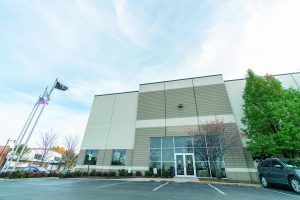
9am, in the heart of the old “Jungle
On the road, industrial wastelands follow the neon signs of fast-food restaurants. Suddenly, at the bend in a boulevard, Thomas points out an elegant stone arch, wedged between two anonymous warehouses. “Welcome to the Jungle”, he announces. This is the nickname given to what was once the largest slaughterhouse in the world, of which only the gate remains today. In the 19th century, 700,000 head of cattle from the plains of the Midwest waited to be butchered in huge pens next to the first modern food factory in history. Today, the sausage taps sketched by Hergé in Tintin in America have disappeared, and it is in this former temple of rendering that Thomas Jonas has chosen, not without humor, to set up his non-animal protein factory. Today, Chicago remains the headquarters of the American food industry, with Kraft and McDonald’s having their headquarters there. Vienna Food, the American giant of the cheap hot dog, is located right in front of Nature’s Fynd…
9:30 a.m. in the kitchen-lab
In front of Thomas, a brie more real than life brought by a young researcher who is already amused by the reaction of the French boss to this cheese “made in America”… and especially without cow’s milk. Most of the employees are between 20 and 30 years old. “Here, we recruit biologists, restaurateurs with a passion for technology and industrialization specialists. The only thing they have in common is curiosity, which is the number one quality I require when recruiting.” Under the fork, the cheese rind holds up well. The cheese is fresh in the mouth, its texture close to a cow’s milk product. The boss raises an eyebrow: a slight bitterness will have to be corrected. “Taste is essential. If the non-animal product has no flavor, consumers will buy it once out of curiosity, but will never come back.” On the strawberry patch: a dairy-free cream cheese and a pork-free sausage. These products were launched in two stores a year ago and have already conquered the shelves of 600 supermarkets in the United States.
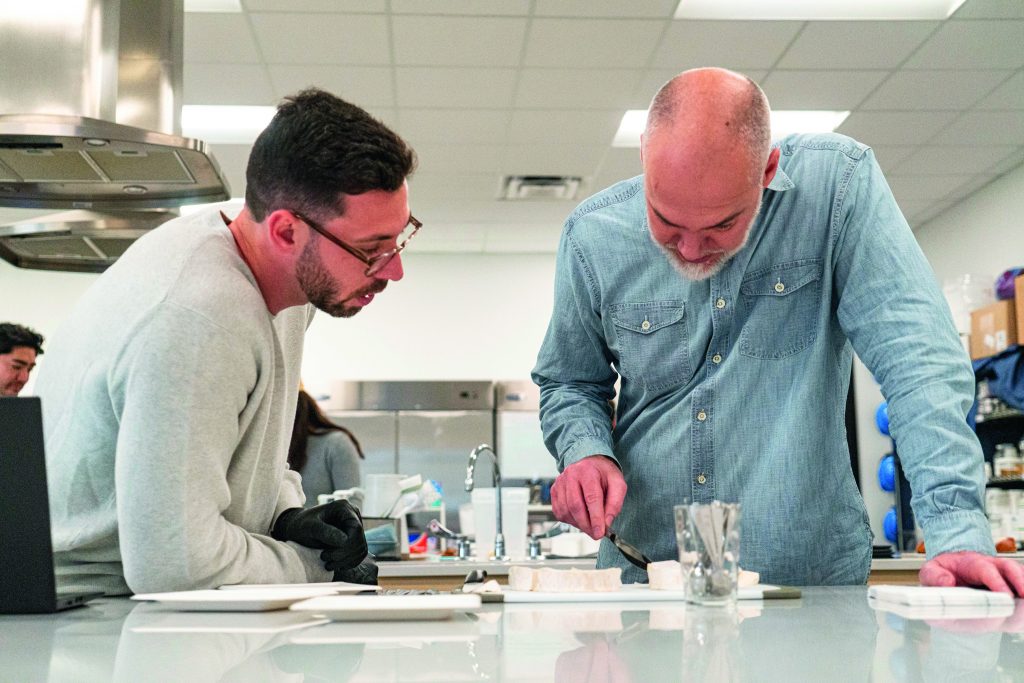
10:30 am, Fy’s awakening
From the bowels of a freezer set at -79°C, a researcher carefully extracts a thimble-sized vial. “There are billions of Fy inside.” Fy is the name given to the microorganism discovered by Mark Kozubal, a researcher associated with Nasa, which is the raw material for everything produced by Nature’s Fynd. For now, Fy is slowly “waking up” to the warmth of the lab. But taking pictures is prohibited. There’s a reason Thomas Jonas’ company is supported by the U.S. government. The battle for food safety is a global competition. It took him eight years and millions of research dollars to achieve this result. The entrepreneur jealously guards his manufacturing secrets.
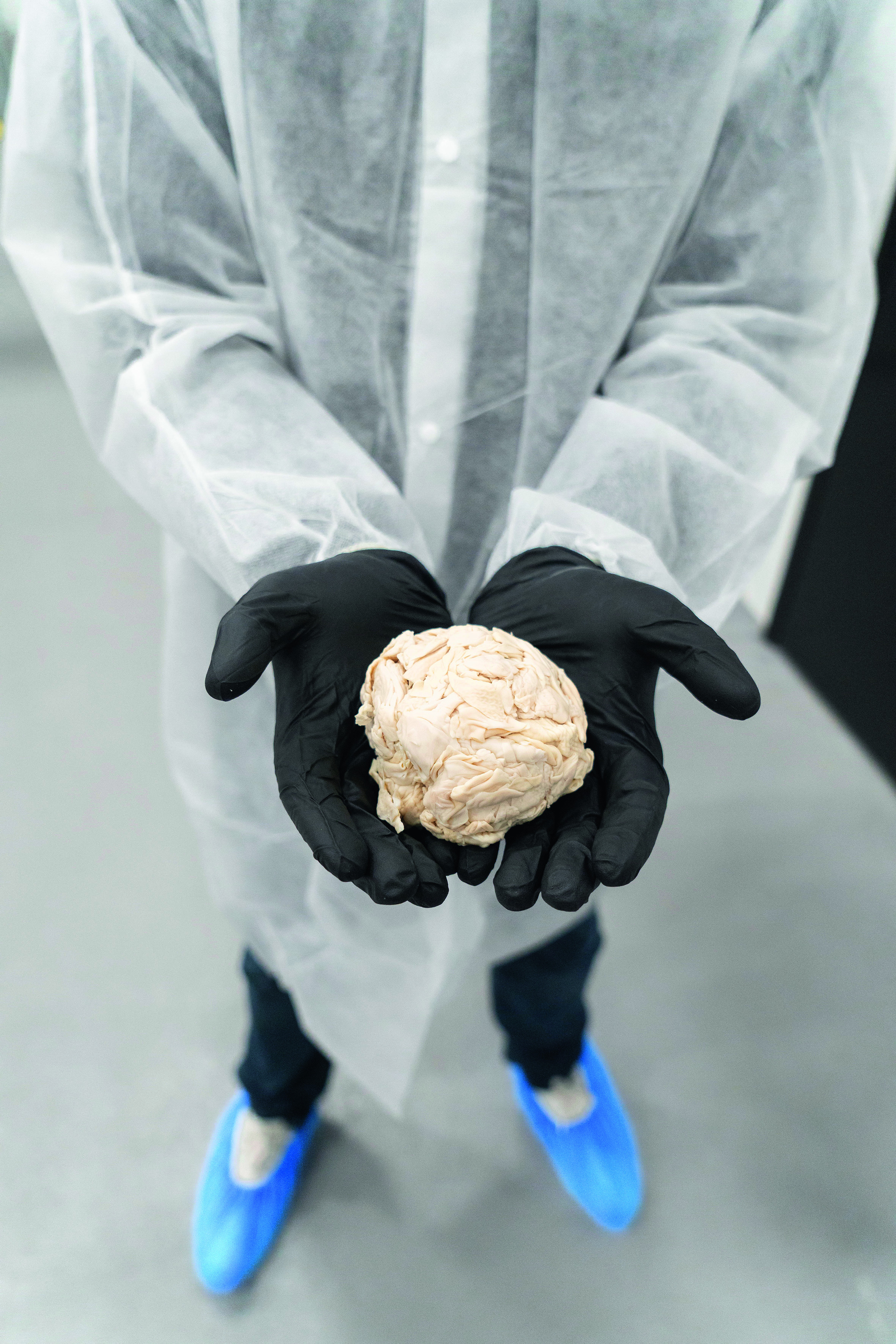
11am, time for germination
The hygiene of the factory has nothing to envy to that of a maternity hospital. The warmth of the atmosphere evokes that of an incubator. Behind the glass, a robot moves silently. With the loving eyes of a father, Thomas watches it carry large trays covered with a kind of thin square pizza dough: Fy’s sprouts. “The tray is our field. Soon we’ll be able to harvest. I’m a farmer,” laughs the gentleman farmer. In just four days, with just a little water and sugar, Fy grows to full size. The result: large tubs of a beautiful white paste: a product hyper rich in protein, whose fibrous texture is not unlike that of chicken. “Except that here, we obtain this protein with 99% less water and 94% less greenhouse gas emissions than in animal farming. We are creating the food of the future.”
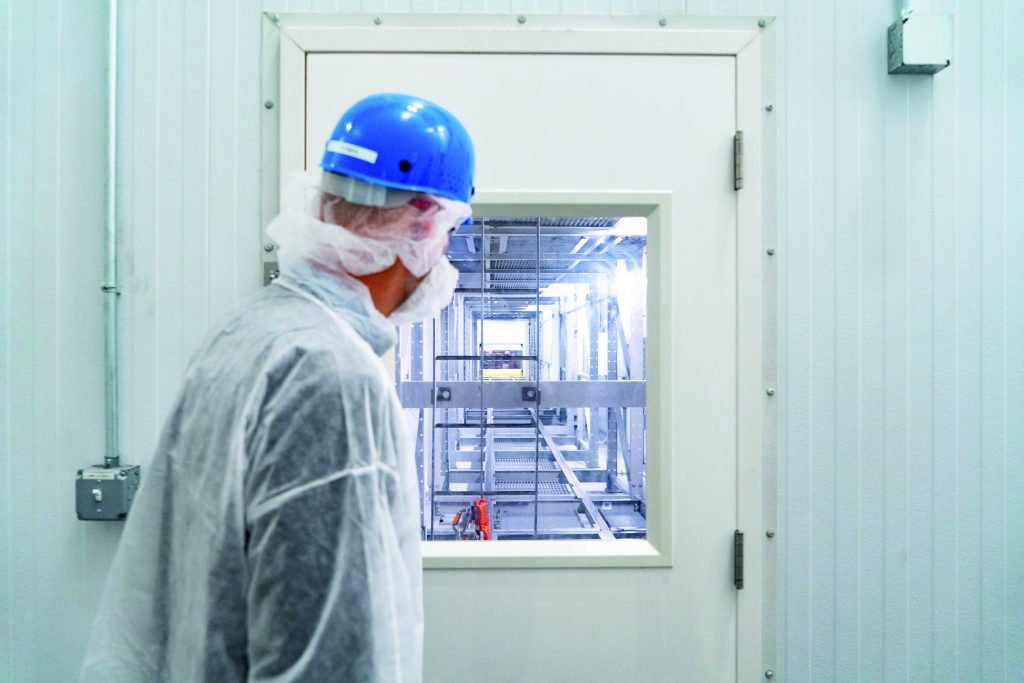
11:30 am, production meeting
During the meeting with the production manager, Thomas is enthusiastic about a system allowing the tracking of each tray in the factory circuit. What drives him: a love of risk and innovation. “The rovers in our factories were delivered leaky: we had to adapt them ourselves. When you develop a new technology, you have to invent everything and accept that you’ll always fail. That’s the first thing I tell the people who join us: try things, and if you screw up, we’ll fix it.”
12pm, falafel sandwich
In the middle of the open space, Thomas offers himself a short lunch break on a table corner. A sandwich with… vegetable proteins, obviously. There is no office or assigned place here. Halloween is approaching and on this “hat day”, the CEO, who has kept his head bare, is surrounded by young people wearing wigs and hats. “Frankly, I’m not the most qualified person in the room. I’m just the one trying to recruit the best players in their class. I see my role as asking the right questions, without understanding all the answers! But I’m constantly learning, and that’s what makes me tick.”
1:00 p.m., dressmaking workshop
Under the skin, the imitation is still perfect. The crunchiness of the leather, its suppleness. The only thing missing is the smell, but the young designer is working on it. It’s the latest innovation from an entrepreneur who likes nothing more than to surprise: a handbag made from Fy, the famous bacterium discovered in the Yellowstone natural park. After developing various meat substitutes, the company set out to create an ersatz leather. And the effect is stunning. “With climate change, much of what we produce or consume will no longer be available in the future. It’s up to us to invent new technologies today that will allow us to propose sustainable alternatives.”
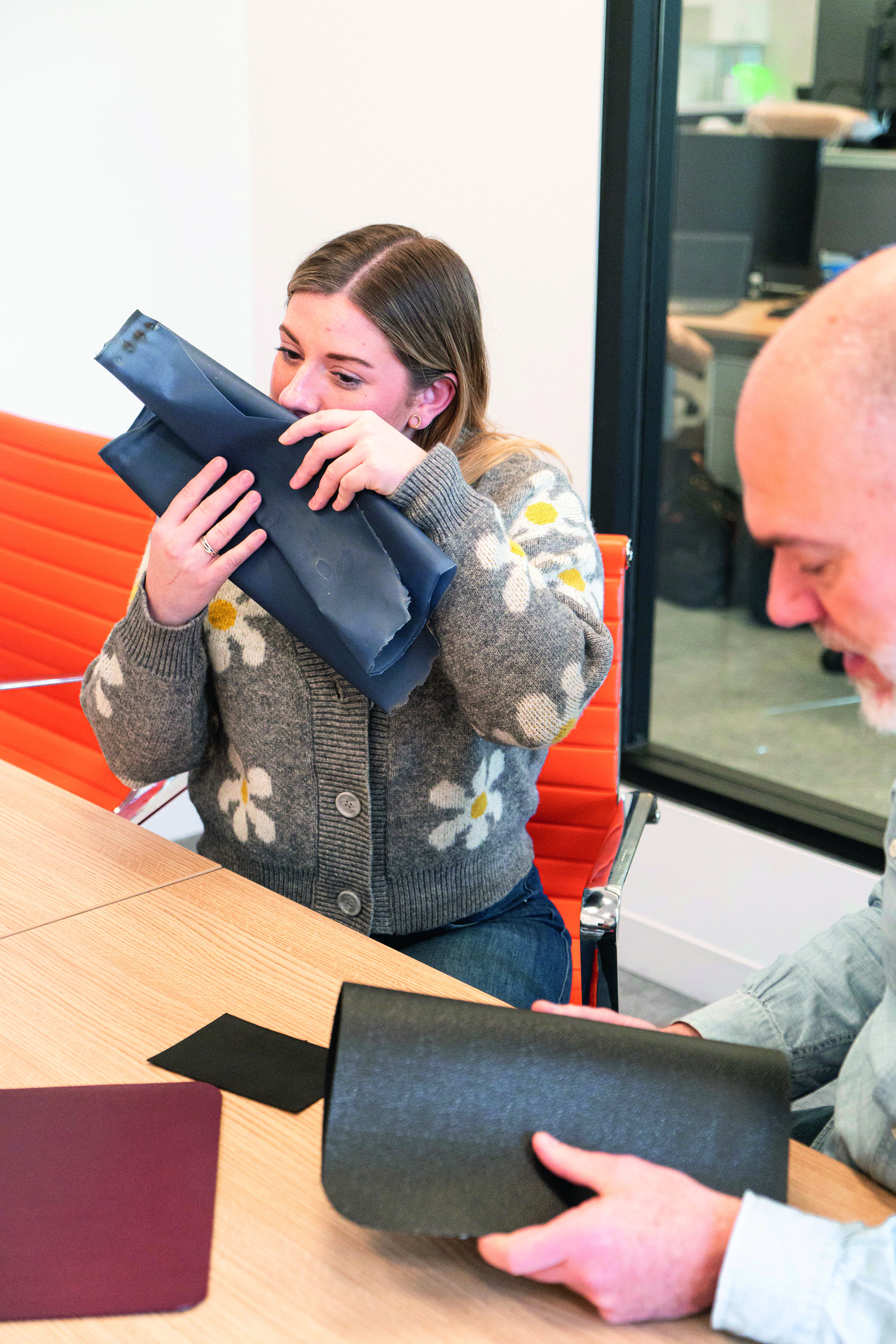
2pm, in front of the microphones
In front of his computer, Thomas answers willingly to a young podcaster for an interview. The theme of the show is optimism. “We quickly realized that the secret was to make people taste our vegetable nuggets: the minute we put them on the table, no one looks at the slides and that’s fine. The proof? The taste of our nuggets is the first thing Bill Gates talked about in his interview with Rolling Stone!” A sense of anecdote and American enthusiasm. The sense of sharing, above all: when the connection breaks down, it’s the boss who dives into the cables and menus to re-establish the video link. The interview was supposed to last forty minutes. In the end, Thomas gave his young interlocutor two hours. “It’s a form of responsibility. I don’t know how else to do it. We are a very small planet and we play a collective sport. Solutions to problems can only be systemic. That necessarily requires a high level of cooperation.”
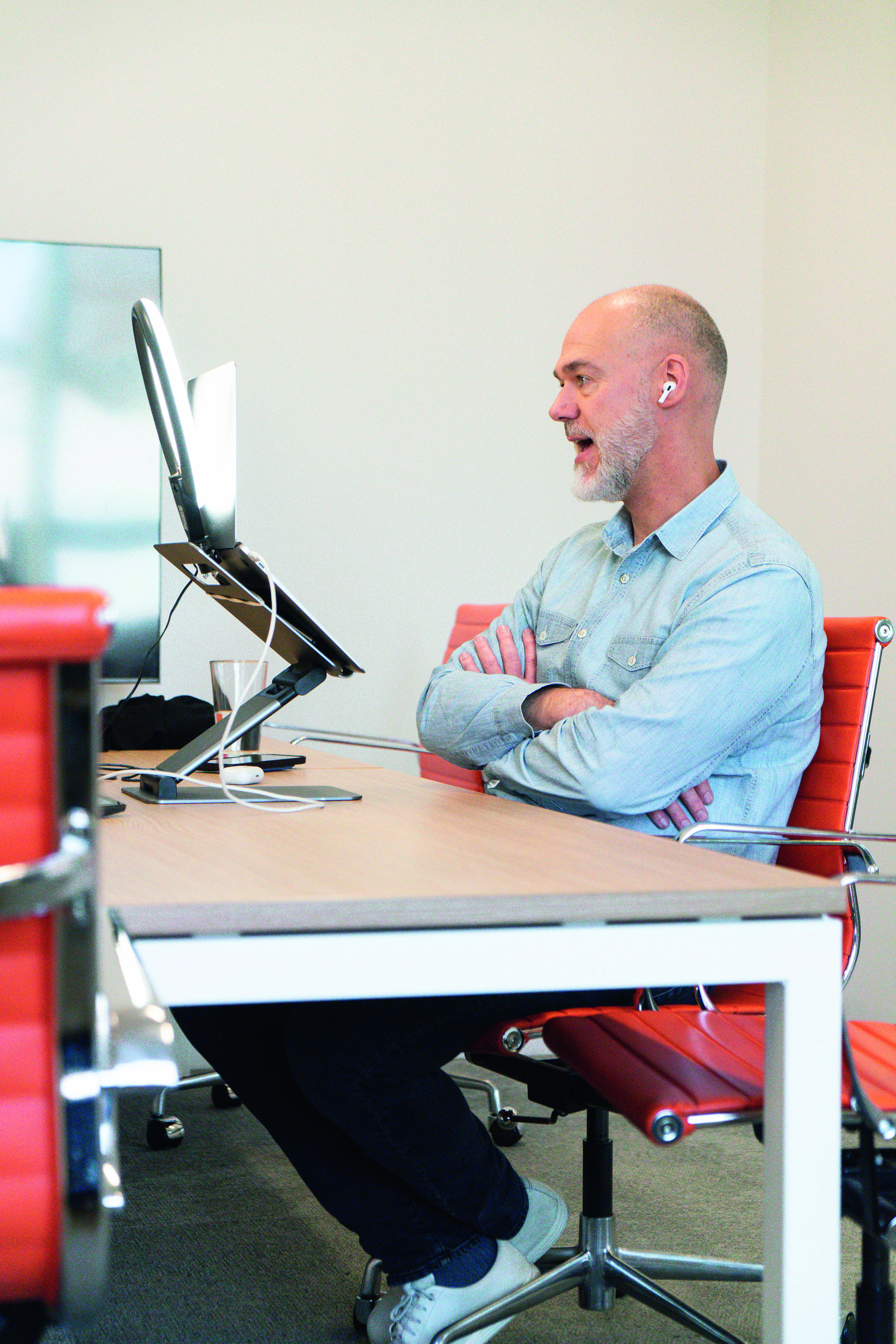
4pm, caught up with his CFO
Time flies and the day is far from over. Thomas is catching up with his CFO on a new investment: an industrial-scale factory to meet the demand of the American market. One last question before we part: how did he feel when he was elected HEC 2022? “I was infinitely honored… but, honestly, I’m very bad at celebrating my wins. On vacation, as in life, I’m always thinking about the next step.”
Published by Matthieu Fauroux
